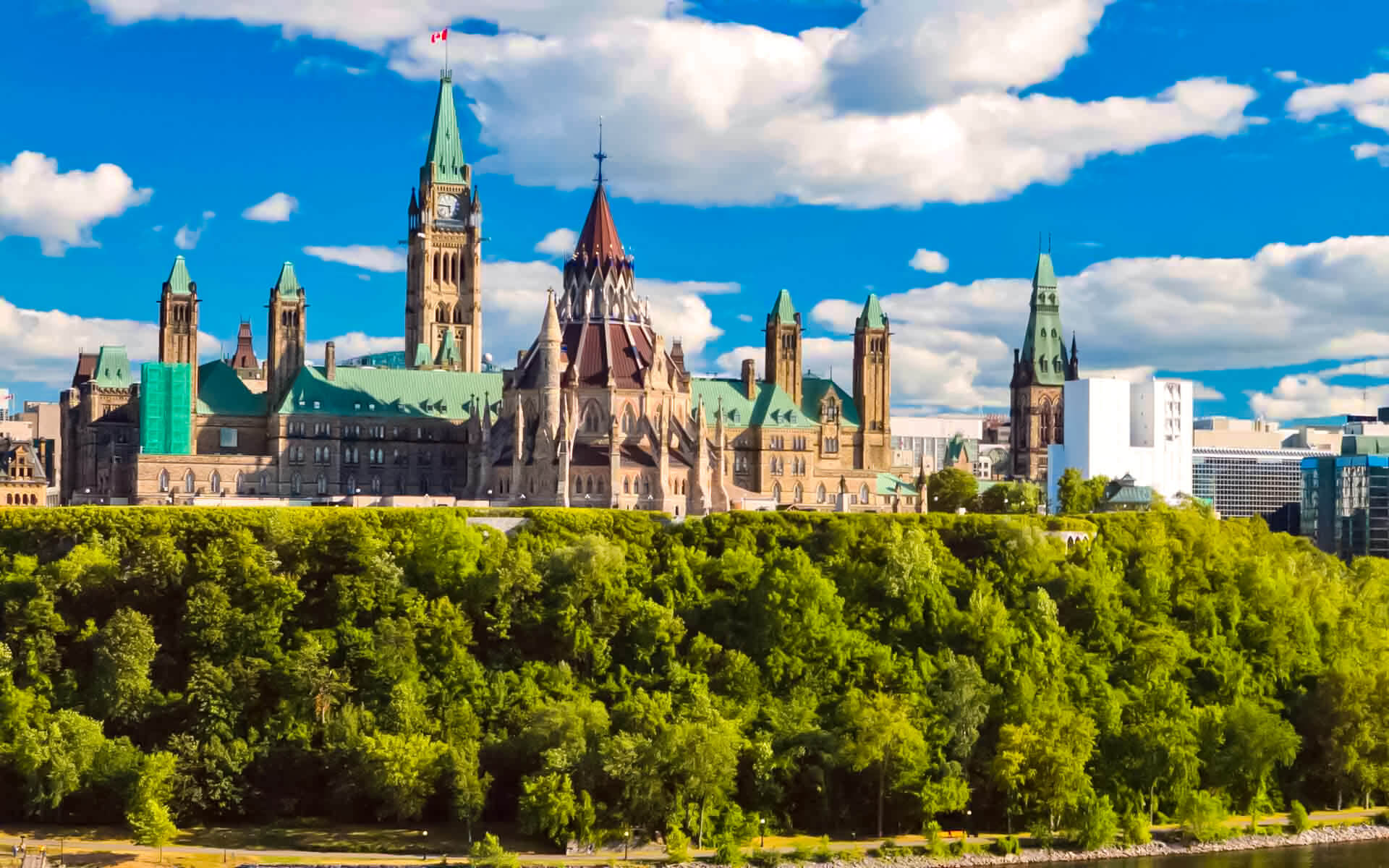Ottawa is Canada’s capital. The city is located on the Ontario side of the Ottawa River, just across from Gatineau, Quebec. Ottawa has a metropolitan population of little over a million people, making it the sixth biggest city in Canada (fourth largest if Gatineau is included) and the second largest in Ontario after Toronto.
Founded as Bytown in 1826 and incorporated as “Ottawa” in 1855, the city has grown into Canada’s political and technical center. Its initial limits were enlarged via a series of small annexations until being superseded in 2001 by a new city incorporation and massive merger that greatly increased its geographical size. The name “Ottawa” was selected in connection to the adjacent Ottawa River, which is a term derived from the Algonquin word Odawa, which means “to trade.”
The city is multilingual, which makes it unique among North American capitals. Although English is the primary language of the majority of the people, French is the first language of around 15% of the population, and Ottawa has Canada’s biggest French-speaking community outside of Quebec. Staff at most businesses and restaurants speak both languages well, and bilingualism is prevalent in general.
Many of the world’s cultures are represented in Ottawa, which is home to thousands of immigrants from all over the globe. The city is arguably best recognized as the nation’s capital, but it has also become one of the fastest growing cities in North America as a result of the thriving high-tech company sector.
With multiple post-secondary, academic, and cultural institutions, the city is the most educated in Canada. Ottawa also boasts the best quality of life in the country, as well as the lowest unemployment rate. It is ranked second out of 150 countries in the Numbeo quality of life ranking, and it is home to a UNESCO World Heritage Site.


